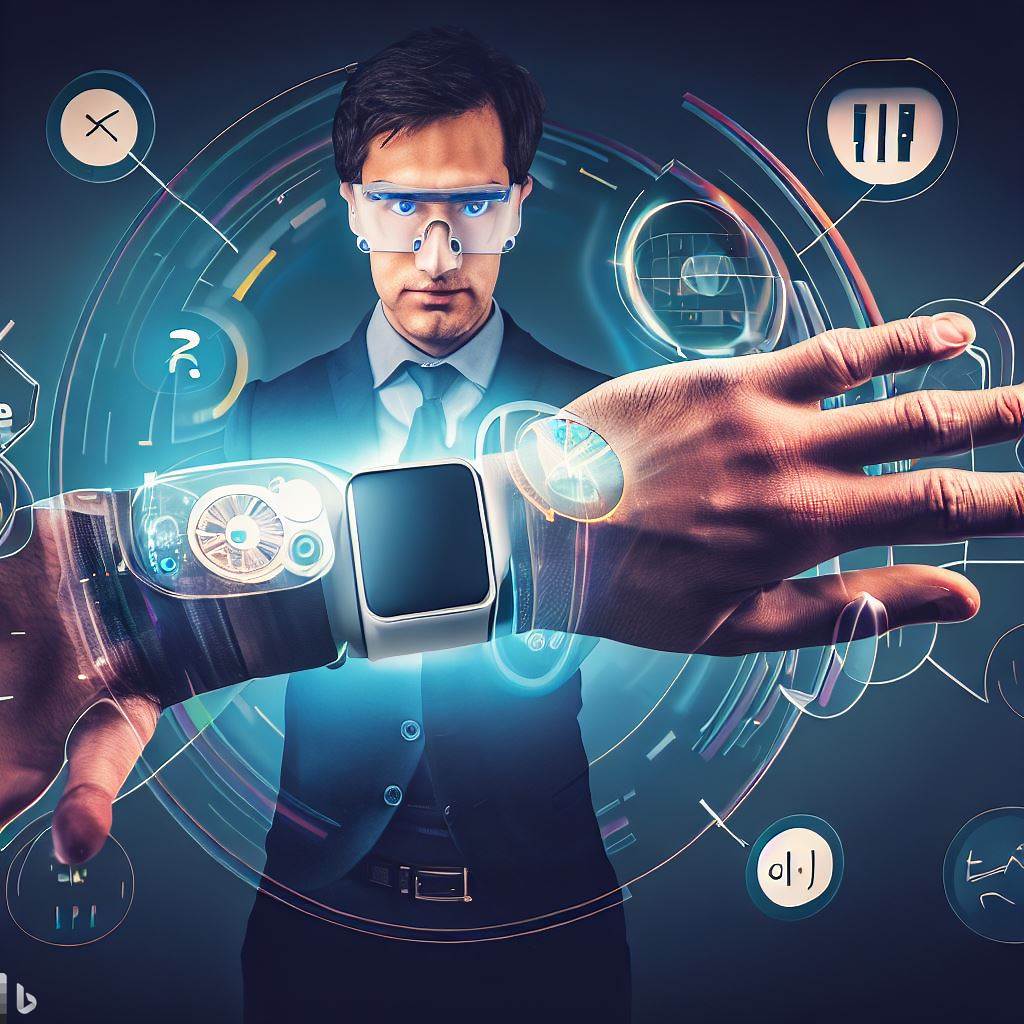As technology continues to evolve, wearable devices have become increasingly popular and accessible. These devices, such as smartwatches, fitness trackers, and augmented reality headsets, are designed to be worn on the body and can be used to track fitness goals, monitor health, and interact with other devices. In this article, we’ll explore how wearable technology is changing human-computer interaction and how designers can optimize their devices to provide a better user experience.
Wearable technology provides new opportunities for more natural and intuitive forms of interaction. Unlike traditional computers and mobile devices, wearable devices are designed to be worn on the body, which means they can be used without a separate input device, such as a keyboard or mouse. This opens up a whole new range of possibilities for interaction, such as using gestures, voice commands, or even brain-computer interfaces to control devices. For example, a person wearing a smartwatch could use hand gestures to navigate through menus or control other devices in the environment.
Another important advantage of wearable technology for human-computer interaction is that it allows for more personalized and context-aware experiences. Wearable devices are equipped with sensors that can track a user’s activity, location, and even physiological data, such as heart rate and skin temperature. This information can be used to tailor the user experience to their individual needs and preferences, such as recommending personalized workouts based on their fitness goals or adjusting the temperature and lighting in a room based on their preferences.
However, this increased level of personalization also raises important ethical concerns around data privacy and security. As wearable devices collect more and more data about their users, it becomes increasingly important to ensure that this data is handled in a responsible and ethical manner. Designers must consider privacy and security measures at every stage of the design process to ensure that users’ data is protected.
Wearable technology also has the potential to improve accessibility for people with disabilities. For example, devices such as smart glasses could be used to provide real-time visual feedback for people with vision impairments, or wearable haptic feedback devices could be used to provide tactile feedback for people with hearing impairments. Designers should prioritize accessibility in the design of their wearable devices, rather than retroactively adding accessibility features.
Designers can optimize their wearable devices for better user experiences in several ways. Firstly, they can focus on creating seamless and intuitive interactions that feel natural and comfortable for the user. Secondly, designers can use the data collected by the sensors in the wearable device to provide personalized experiences that cater to individual needs and preferences. Thirdly, designers can prioritize privacy and security by implementing strong encryption and data protection measures.
In conclusion, wearable technology is changing human-computer interaction in numerous ways. It allows for more natural and intuitive forms of interaction, provides personalized and context-aware experiences, and improves accessibility for people with disabilities. However, designers must consider ethical and security concerns when collecting and handling user data, and they must prioritize accessibility in the design process. By optimizing their devices for better user experiences, designers can ensure that wearable technology continues to change the way we interact with technology for the better.
